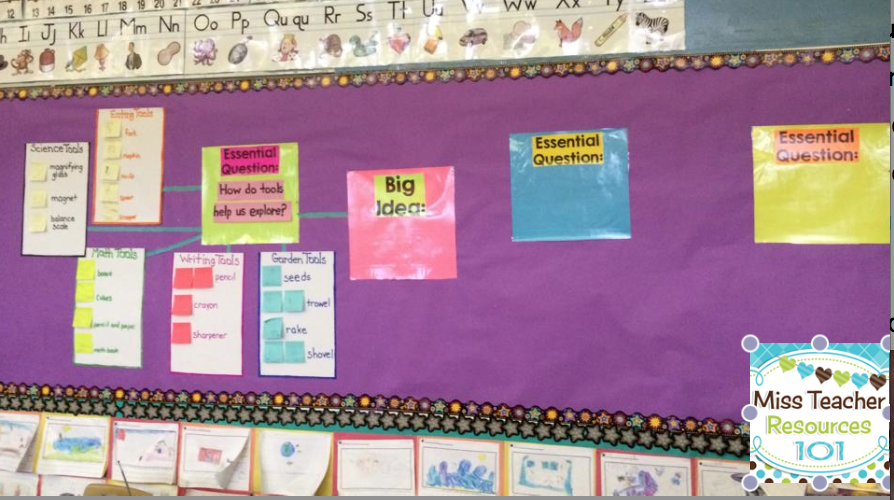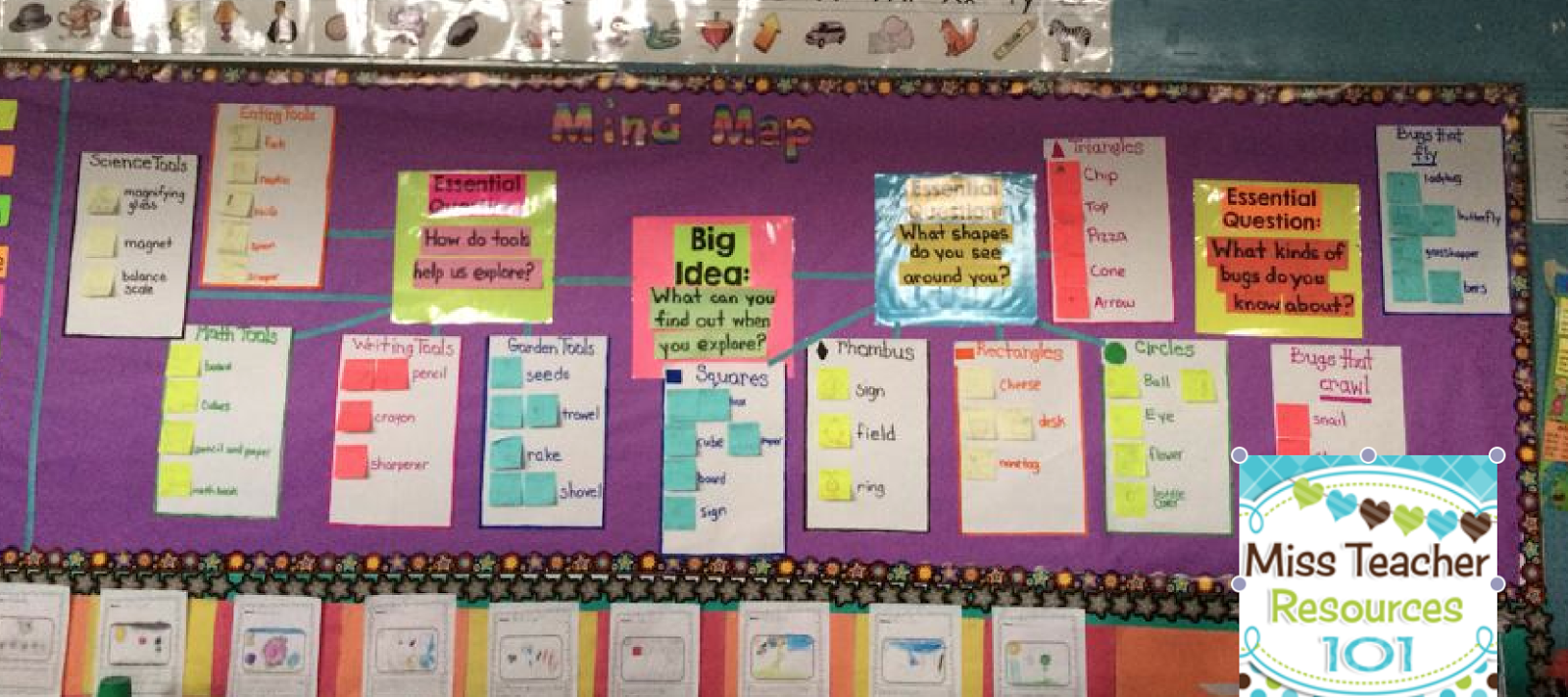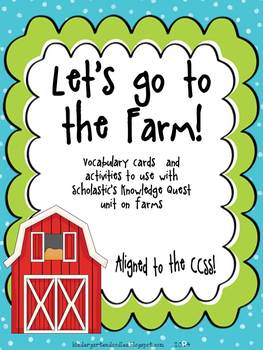In the school that I work in, building conversation skills among students is an extremely important developmental aspect that administration looks for when entering the classroom. Not only do they believe it is important, but so do I. Building conversation in the classroom allows students to socialize, share opinions, help each other determine the correct answer, build vocabulary, build upon each others answers, and the list goes on. Believe it or not, but having collaborative conversations is something that kids do not always know how to do. Here are some ideas for building conversations and higher order thinking during class lessons.
Turn and Talk
Simply pose a question and allow students to turn and talk to their partner/neighbor on the carpet to discuss the question. When conducting turn and talks, it's important to establish at the beginning of the year or when you first start doing them that you sit knee to knee and face each other eye to eye. Each student takes a turn talking. Students can agree, disagree, help each other, add on, etc.
Conversation Prompts
I found these conversation prompts on Teachers Pay Teachers back in September. I did not create them (although they are brilliant and I wish I could say that I did)! They are created by The Mommy Teacher and they provide 9 different conversation prompts with picture clues... PERFECT for the primary grades (especially K and 1)!
Here is a link to her product:
Since I teach Kindergarten, sometimes I will ask the students "Thumbs up if you agree with so and so and thumbs down if you agree with so and so." Then I call on somebody and ask "Why do you agree or disagree with _______________." I also ask "Would you like to add on to what so and so said?" Their job is to respond with "I would like to add onto so and so ..."
Centers
Centers are the absolute best way to build socialization and non pressured conversation in your classroom - especially in the primary grades. Centers are the be all, end all in my classroom. I conduct centers during guided reading time. I try to do centers every day, but sometimes it just doesn't happen. And if it doesn't happen...... I do NOT hear the end of it!! My class is adorable - and they will tell me flat out that center time is their absolute favorite time of the day. Centers should provide structured activities that can be completed independently but that FEEL like play time!! If you are a Kindergarten or First Grade teacher and don't conduct centers... well then you better hop on the center bandwagon because your kiddos are missing out!!!! Benefits not only include the socialization that we are looking to build, but allow students to converse about answers, strategies, solutions, etc. It can also provide students with certain developmental stimulation that they may not get on a regular day (such as cutting, glueing, touching tactile objects, etc.). Centers most certainly build upon the desired learning and conversation that all classrooms should aim to achieve. I will be posting a blog post soon on my personal blog about how I conduct centers in my classroom. Please visit and follow
My Personal Teaching Blog if you have not done so yet.
Discussion Ball
Similar to turn and talk except this involves the whole class. I toss a SOFT MATERIAL ball to a student to begin the conversation and then that student passes it to another student and so on. I usually begin the conversation by asking a question (this could involve an opinion, share something that they learned about a given topic, etc.). Students guide the conversation, with minimal teacher interjection.
I don't have a picture of the ball that I use and I have no idea where I even got my ball from, but here is an example of the TYPE of ball that I use. If you would like to know exactly which ball I use, leave a comment below and when I return to work on Monday, I can update this post.
Discussion Sticks
I use these in my classroom as a method of "cold calling." Meaning, that they are used to randomly call on students during class discussions. This is a way to make sure that all students are paying attention all of the time because they never know when they will be called on. Since I have a Promethean Board (similar to a Smart Board) in my classroom, I will also let the student who had a turn pick a discussion stick from random. These are what my discussion sticks look like.
I created numbers, then cut and laminated them and glued them to large popsicle sticks. I bought the tin in the $1 section of target (Super cute, right??). These numbers can be used in more ways than just this, but for the purpose of this blog post I will refrain from sharing the other uses. They can be purchased from my store here:
Group Work
The last method for building discussion, is incorporating group work into your lessons. Here is an example of what group work looks like in my classroom. In my classroom the students are given one time per week to discuss an essential question that we have been working on for that week. The students are asked a question and discuss amongst each other (UNINTERRUPTED) about the different ideas that relate/answer that question. I have 4 groups and each group has a different sub area related to the essential question. In my school, we call this Mind Mapping. Pretty much it is a glorified brainstorm web, but when you actually take a look at it, it's kind of cool! It gets students communicating with each other using the vocabulary and the information that they learned to answer a question. After the students discuss, they are given a post it to draw a picture and label/write about the idea they came up with. Their post-it is then put on their groups poster and hung up onto our mind map bulletin board. The first picture shows what it looks like when it's in progress. Each week we add to it, after about 3 weeks, it comes down and the new unit's big idea and essential questions go up. The second picture shows a finished product.


One last thing before concluding this blog post ...
Something to keep in mind when asking questions to build conversation in your classroom is to remember that when you ask questions that begin with "Why" and "How," you are hitting the higher levels of cognitive thinking!
I hope that you have found this post helpful and that you will be able to use any of these strategies towards increasing the rigor of discussion in your classroom. So now I'm curious, how do you develop conversation building in your classroom?? Would love to hear more from you!


















































